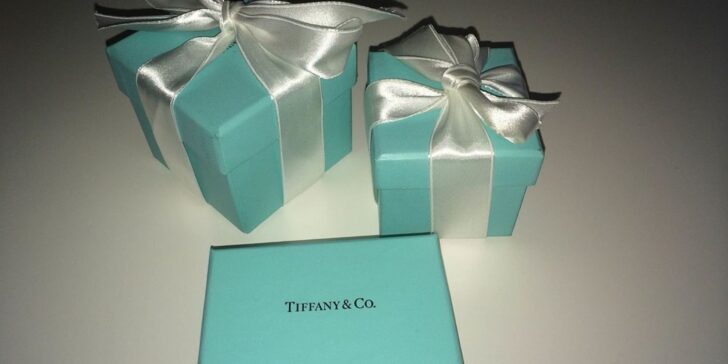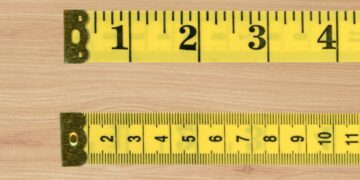It’s nearly impossible to speak of luxury jewelry without mentioning Tiffany & Co.
Arguably one of the biggest luxury diamond brands, Tiffany & Co. has been around for quite some time.
Let’s examine its rich history and how it became a household name.
How Tiffany & Co. started.
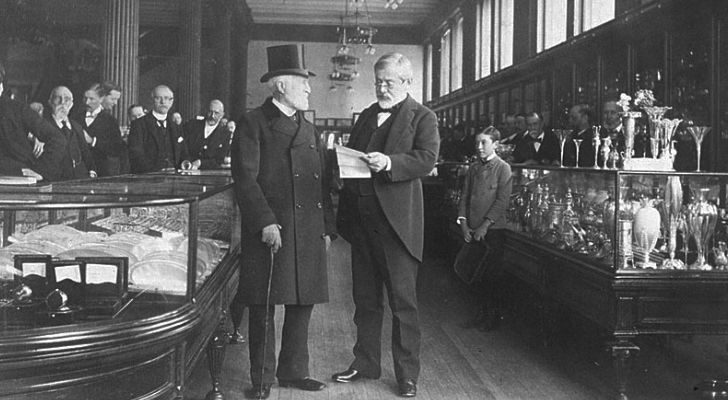
It all began on September 18, 1837. Charles Lewis Tiffany, only 25 years old, opened a small store for fragrances, jewelry, stationery, and fancy goods with his friend John B Young. Charles’ father provided the money, $1000, for the venture.
The business became Tiffany, Young, and Ellis when J. L. Ellis joined the team. This little shop on 259 Broadway in Lower Manhattan soon became the go-to for jewels and timepieces.
Tiffany & Co. distinguished itself from competitors by becoming the first American company to use only 92% pure metals. This paid off as Tiffany later claimed the 1867 silver craftsmanship grand prize at the World Fair in Paris.
At Tiffany’s, all items had their prices on, leaving no room for haggling. Furthermore, only cash payment confirmed orders — no credit purchases were accepted.
In 1853, the company shortened its name to Tiffany & Company (Tiffany & Co.) when Charles took the reins. He shifted the business focus to jewelry.
The Evolution of Tiffany & Co.
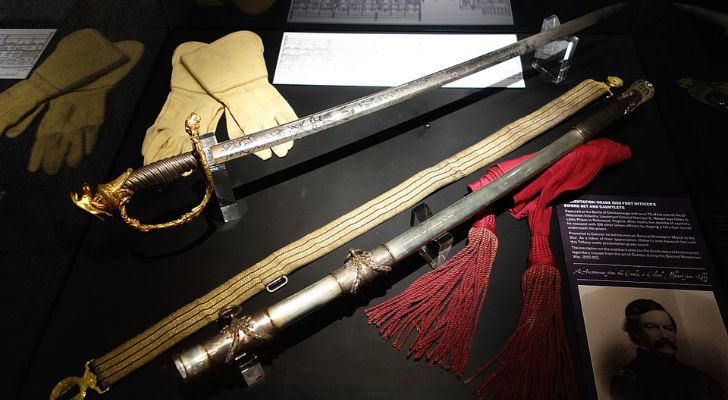
How did a simple Manhattan fancy goods store grow into the jewelry giant known today? Let’s trace the journey below.
In 1848, Tiffany’s poured funds into importing top-quality jewelry from Europe. They eventually quit selling costume jewelry and specialized in only the highest-quality gemstones.
In 1862, during the US Civil War, Tiffany & Co. made swords for the Union forces. They also made other military items, such as flags, medals, and surgical instruments. At the war’s end, Tiffany & Co. was incorporated and opened a London store.
As business improved in the 1870s, Tiffany’s spread its wings further by building a $500,000 Manhattan store called a jewel palace by The New York Times.
In 1879, Tiffany & Co. bought one of the largest yellow diamonds in the world, the Tiffany diamond, for $18,000. It was discovered as a 287.42-carat rough stone but cut to 128.54-carat. In the 146 years since it was obtained from the Kimberley diamond mines in South Africa, only four women have worn it.
1902 was a noteworthy year for the company as Louis Comfort Tiffany took over as official design director upon his father’s death. More changes came during the 1990-1991 recession as Tiffany’s began marketing affordable luxury for everyone. Despite this, it’s still considered a luxury brand with resale value.
In 1998, Tiffany’s secured the trademark for the Tiffany Blue color, the unique shade of blue used to color their boxes since 1845. Together with Pantone, they made “1837 Blue” to celebrate this shade in 2001.
In 2019, multinational luxury corporation LVMH tried to purchase Tiffany & Co. at $16.2 billion and $135 per share. After some legal trouble, the deal went through in December 2020. LVMH lowered the price to about $16 billion and $131.5 per share.
Tiffany & Co.’s philanthropy and charities.

Since 2000, Tiffany & Co. has given about $20 million in grants for conserving marine life and corals. In 2004 they showed their commitment to protecting the ocean by quitting all sales of coral jewelry.
The Tiffany & Co. Foundation is also helping to restore abandoned mines. They’re one of the biggest supporters of the Peace Diamonds Restoration Initiative by Resolve, which is working to rehabilitate lands destroyed by mining.
Tiffany & Co. controversy.
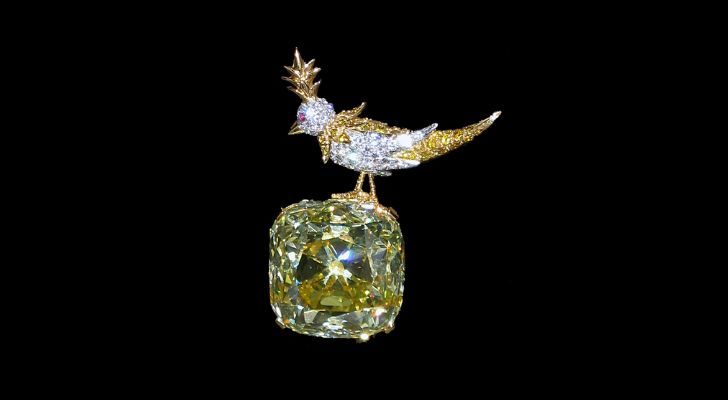
Tiffany’s has received its fair share of criticism from the public. In 2021, Beyoncé became the first black woman and fourth person to wear the 148-year-old Tiffany Diamond.
Intense backlash followed the campaign. Mined in 1877 in South Africa, the Tiffany diamond was a reminder of exploitation in Africa. The Tiffany & Co. website assures people that they follow the Kimberley certification process to ensure they get only ethically sourced diamonds.
In its 187 years of existence, Tiffany & Co. has climbed to the top of the list of luxury jewelry brands.
What started as a small Manhattan store has grown to a global brand with over 300 outlets worldwide. Valued at about $6.55 billion in 2022, Tiffany $ Co. is not slowing down.

